
- WHO WE ARE
- WHAT WE DO
Careers Information
Working at DDH1 Drilling
The drilling industry offers long-term career opportunities that are financially rewarding and provide a variety of career paths. Our careers information page helps anyone new to the industry and interested in learning more about working for DDH1 answer some common questions.
Luke’s Story – Working for DDH1
Luke ‘Brian’ Hoey started working for us in 2011 as an Offsider in Western Australia. He is now a Supervisor, running up to 8 drill crews of his own. Luke shares his experiences and some advice from each stage of his career as he progressed from an offsider through to his current management role.
I started working with DDH1 Drilling as an offsider when I was a fresh faced 19-year-old in October 2011. I hadn’t been sheltered from hard work growing up but offsiding took my impression of hard work to the next level. I worked and used muscles I never even knew existed. When I first started I would often wake up in the middle of the night with my arms cramped up like a t-rex, but after a while the body got used to it and all of a sudden throwing rods around became easy. I used to enjoy treating the more labour-intensive tasks, like rodpulls and running bags, like a sport and took satisfaction out of getting the job done as fast as I possibly could.
The period of being an offsider is, in my opinion, probably the most important part of learning to become a driller. You work with a range of different people with different skill sets. You learn to build and rebuild all the downhole equipment that is essential to drilling, getting to know all the different parts and how they work along the way…
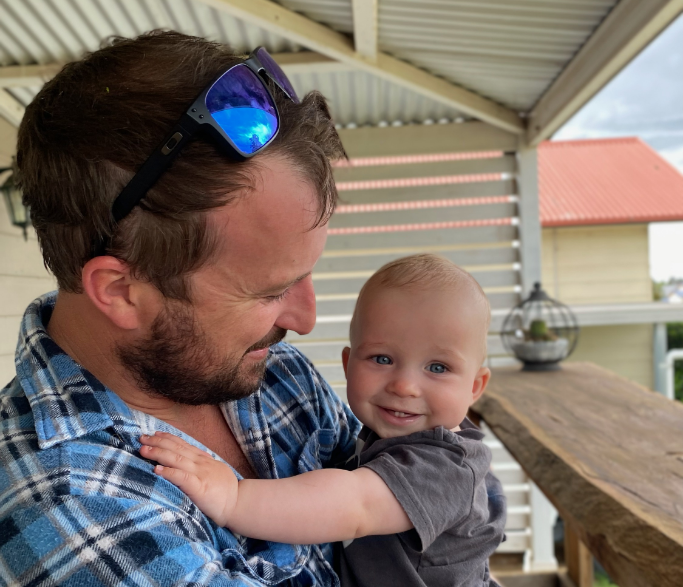
DDH1 Drilling Key Facts
- Largest surface rig fleet in Australia with more than 70 rigs
- Work in all states and territories of Australia except Victoria and ACT
- Deliver exploration drilling services, mainly in remote sites in the bush as well as on established operating mine sites
- Drill for multiple commodities, except for coal
- Reputation for successfully delivering complex, deep hole drilling projects
- Range of clients including some of the largest mining companies in the world as well as smaller junior exploration companies
- Rosters are either 2/1 (2 weeks on and 1 week off) or 4/2 (4 weeks on and 2 weeks off), dependent on the client’s requirements.

How much will I get paid at DDH1 Drilling?
- We pay above industry rates. Once your probation is finished (after 6 months), employees working on our drill sites will also be entitled to additional production bonuses as well as retention rewards. We have also negotiated a range of additional discounts and reward programs through our Employee Benefits Program for all our employees.
- For candidates applying to work on our drill sites as an entry level Offsider position, you can earn over $100,000.

Training and Support
- We support our employees with a range of training opportunities to help you progress your career. If you are awarded a field based role at DDH1, your training starts from day 1 to ensure you are prepared for working on a drill site. Nationally accredited certifications gained in Drilling Operations provide you with qualifications that will last across your career.
- You will also be supported by a professional and highly experienced team who are excited to share their knowledge to help you build yours. We’ll work with you to plan your own career map and all DDH1 Drilling employees will have the opportunity to complete additional tailored training to progress your career.
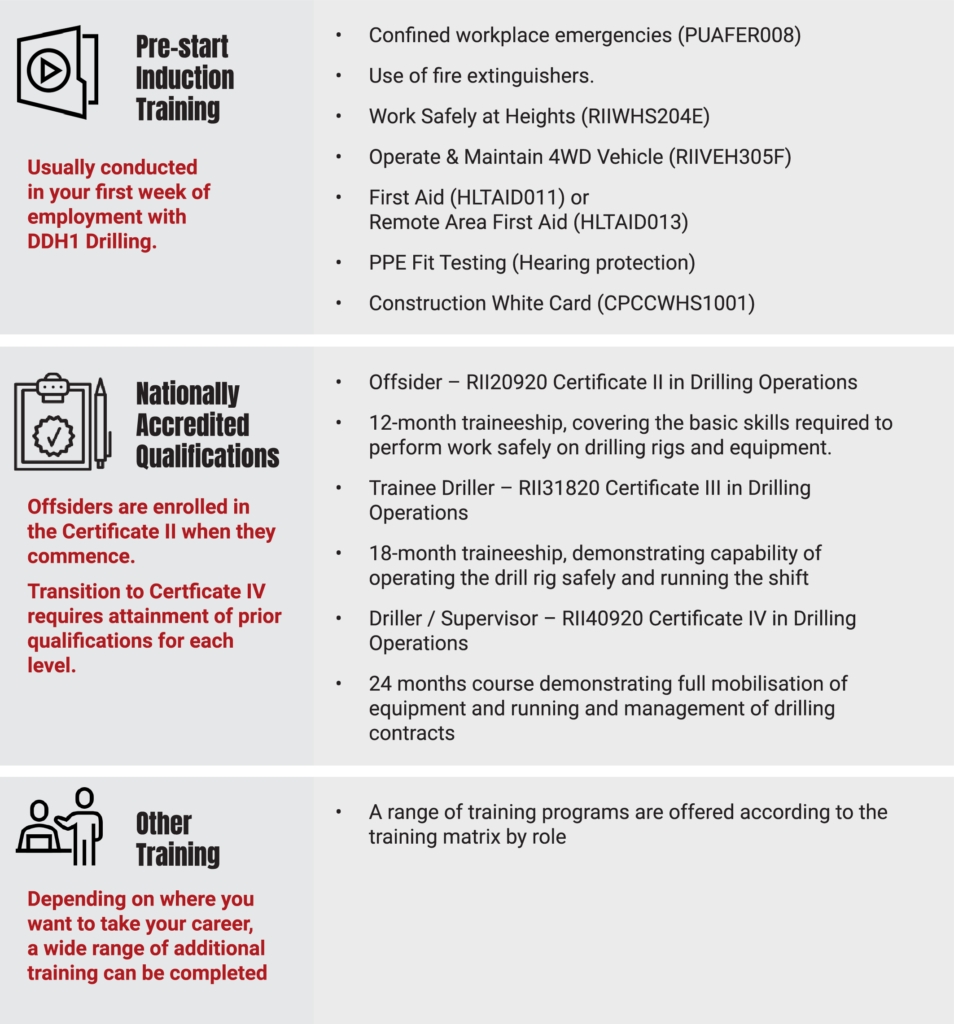
Working on a drill site
What To Expect Working On A Drill Site
- Variety – every day is different, across every aspect of your day. From the site you are rostered on, the ground conditions you are working with, the type of work you need to do, the crew you are working with and the weather you’ll be working in.
- Hard work – each shift is a 12-hour shift and you are likely to do both day shift and night shift across your swing. The job is also physically demanding, as the drill rods are heavy.
- Spectacular remote site locations – many of DDH1 Drilling’s exploration jobs are located in remote bush sites. You’ll be staying in temporary caravan accommodation.
- Range of weather conditions – the drill site continues operating 24/7, regardless of whether it is raining, over 40°C and stinking hot or snowing. Drilling will only stop if lightening is nearby and the conditions for our team are dangerous.
- Work in small, close-knit teams – our crews are typically made up of a driller, trainee driller and offsider, so they are small and you will work closely together. This requires a high degree of cooperation and a willingness to follow directions from the driller. It also means you’ll build strong bonds with your workmates.
- Focus on Safety – safety is of utmost importance to DDH1 and is our core value. We have a no harm commitment that we put at the forefront of everything we do. You’ll be expected to work safely and follow the required Safe Work Procedures (SWP’s), Take 5’s and other safety protocols to ensure you and your workmates are safe.
- Outdoor lifestyle – this is no office job and you’ll spend most of your time outside, rain, hail or sunshine (even snow!). So you’ll need to love the outdoors and the freedom of not being confined to one place or one building.
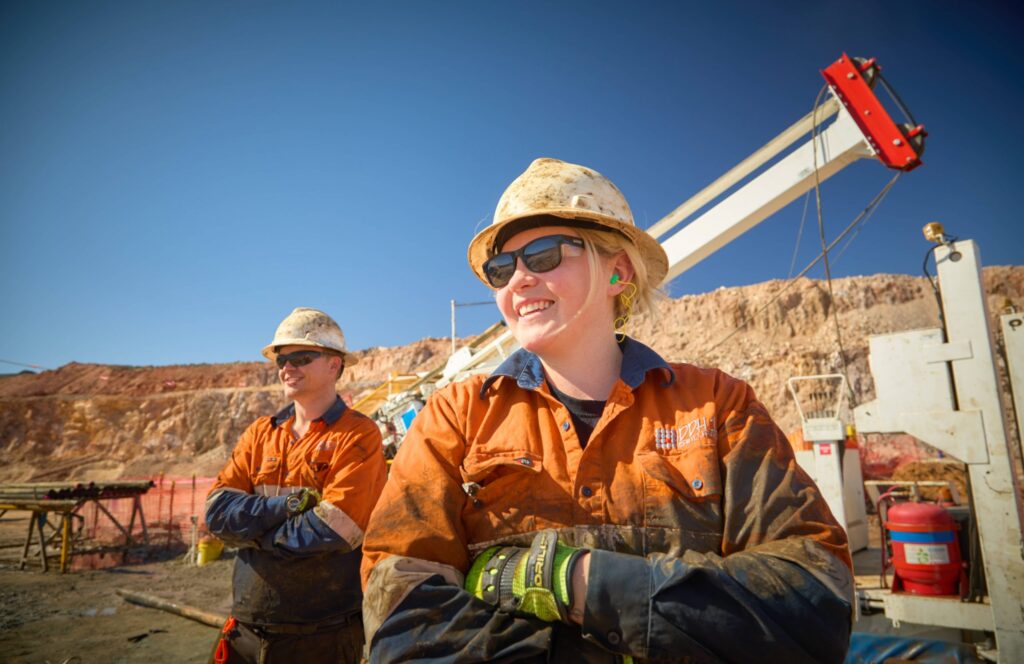
Working in the drilling industry
Why Would I Want To Work In The Drilling Industry?
- Long-term career path – the drilling industry offers long-term, varied career paths, starting on the rig site and depending on where your interest lies, could progress into Health and Safety, Operations Management, Environmental Management, Business Development or in any direction you’d like to take it.
- $100K+ financial security – there are very few career opportunities that provide an entry level salary for someone with no experience of over $100K, plus potential to earn further bonuses. Roles in the drilling industry, in particular those that are site-based, are well paid and provide the opportunity to achieve financial security.
- Travel opportunities – if you want to see our amazing country, this is the job for you. Drill sites are located in every state of Australia and depending on client’s requirements, you could be rostered onto any one of these. You will have the opportunity to see parts of our country that many will not have the privilege to access.
- Learning opportunities – from the time you start on a drill rig as an offsider, you will be supported with training provided by DDH1 Drilling. Training will range from nationally accredited Drilling Operations qualifications to specific courses supporting your needs and career aspirations.
- Mateship – when you work in a small team, and live together for a few weeks at a time, you make great long-lasting friendships.
- Every day is different – every day is different, across every aspect of your day. From the site you are rostered on, the ground conditions you are working with, the type of work you need to do, the crew you are working with and the weather you’ll be working in.
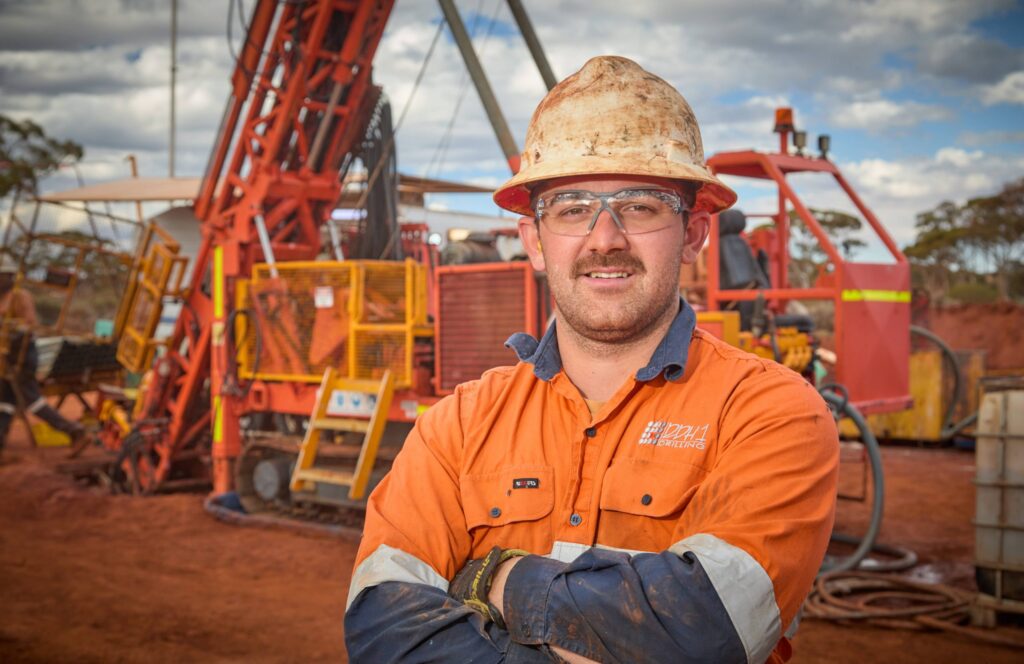
DDH1 Drilling Key Facts
Why do we drill?
- Drilling is done to produce a sample for exploration and mining companies
- Drill samples provide geological information to help companies understand what’s below the surface and whether there is enough mineral in the ground to progress the project towards a mine
- The type of sample is dependent on the type of drilling and can consist of soil and rock chips or drill core
Main types of exploration drilling:
- The type of drilling used will depend on the budget and stage of the project. DDH1 only provides diamond drilling services. Diamond drilling is the most expensive and most accurate form of drilling, producing a continuous cylinder of rock (core) that provides a good representation of the earths structure and mineral location for geologists. It is typically used in late-stage exploration where accuracy is vital.
- Other kinds of drilling include Rotary Air Blasting (RAB), Aircore and Reverse Circulation.
Phases of mining industry activity
Prospecting/Surveying phase sees geologists use a variety of methods to determine whether or not mineral deposits are present in a specific location
Exploration commences with drilling undertaken to help geologists determine how big a mineral deposit is and whether it is viable to progress the project towards establishing a mine
Mine site design/planning includes a range of studies to determine the safety, environmental impact, economic viability and social impact of a project and can take more than ten years
Development begins the process of constructing the mine ready for production and is likely to include the establishment of infrastructure, processing facilities, environmental management systems, power generation and support infrastructure. Depending on the size of the mine, this can also take many years to complete
Production is where the mine finally begins operation and the ore can be removed and processed to extract the mineral. Mines will be either surface or underground operations.
Reclamation occurs once a mine’s life cycle is completed and all . It is the process of rehabilitating the area and returning it as closely as possible to its original state.
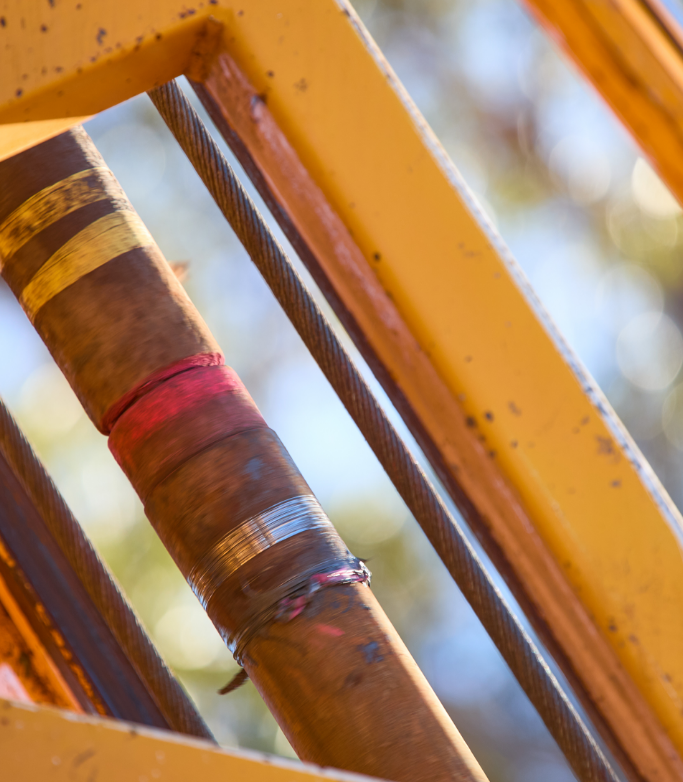
- WHAT WE DO
